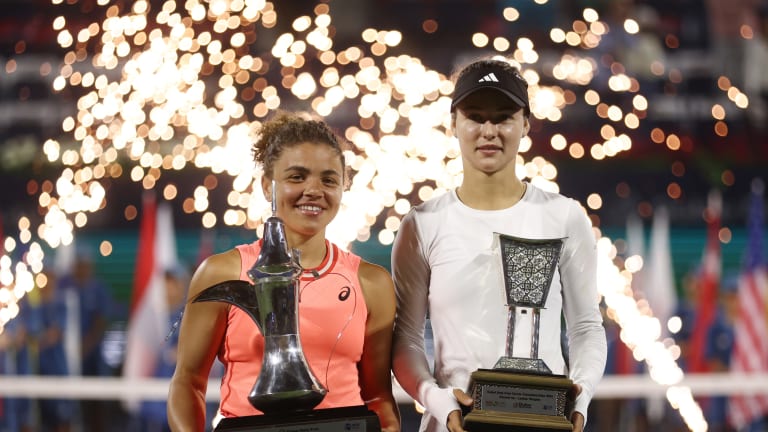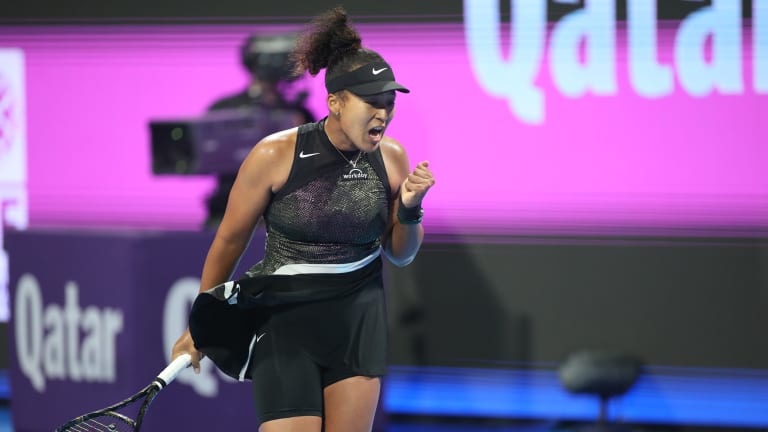WTA Dubai, UAE
Supremacy and surprise: Five things we learned about the WTA during the Doha-Dubai double
By Feb 25, 2024WTA Dubai, UAE
Iga Swiatek blames WTA calendar for upsets after Mirra Andreeva Dubai defeat
By Feb 20, 2025WTA Dubai, UAE
Mirra Andreeva, 17, scores Iga Swiatek upset in Dubai
By Feb 20, 2025WTA Dubai, UAE
Elena Rybakina vs. Sofia Kenin: Where to Watch, Dubai Preview, Betting Odds
By Feb 19, 2025WTA Dubai, UAE
Karolina Muchova vs. Sorana Cirstea: Where to Watch, Dubai Preview, Betting Odds
By Feb 19, 2025WTA Dubai, UAE
Iga Swiatek vs. Mirra Andreeva: Where to Watch, Dubai Preview, Betting Odds
By Feb 19, 2025WTA Dubai, UAE
Emma Raducanu thanks fans after Dubai incident, Iga Swiatek says WTA must protect players
By Feb 19, 2025WTA Dubai, UAE
Clara Tauson thumps Aryna Sabalenka in Dubai third-round upset
By Feb 19, 2025WTA Dubai, UAE
Elena Rybakina saves 6 match points, wins over Paula Badosa in Dubai
By Feb 19, 2025WTA Dubai, UAE
Emma Raducanu approaches the umpire in tears, man is ejected during a second-round match in Dubai
By Feb 19, 2025WTA Dubai, UAE
Supremacy and surprise: Five things we learned about the WTA during the Doha-Dubai double
Another dominant showing for Iga Swiatek in Doha gave way to a surprising week in Dubai.
Published Feb 25, 2024
Advertising

The Middle East swing ended with a surprise final in Dubai between Jasmine Paolini and Anna Kalinskaya.
© Getty Images
Advertising

Swiatek three-peated in Doha, the first woman since Serena Williams in Miami (2013-15) to win three straight titles at a WTA event.
© Getty Images
Advertising
Advertising

Osaka reached the quarterfinals in Doha, and nearly got a shot at Swiatek in the semifinals.
© Getty Images